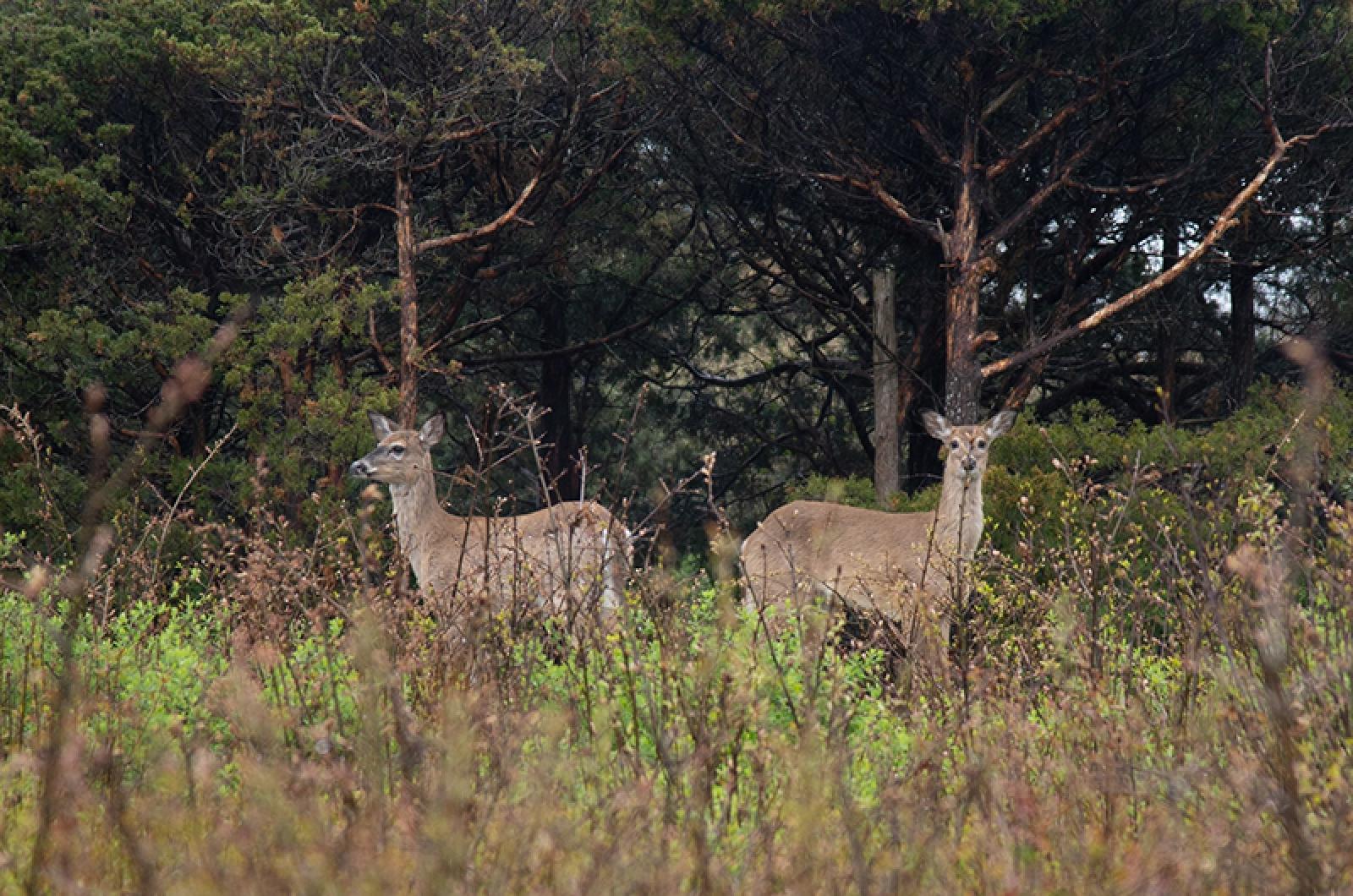The Martha’s Vineyard tick-borne illness reduction initiative of the Island boards of health has seen significant progress in the past several years. A few examples include:
• Education programs have succeeded in reaching many Island residents, including students.
• Hunting has expanded to include properties not previously accessible.
• Logistics around storing and distributing venison to elder services and food bank recipients have improved tremendously.
• State agencies are engaged — examining regulatory changes to expand the hunting season and weighing the advantages of crossbow hunting.
• Good will has been built between hunters and residents in every Island town.
The result? The number of deer harvested each year has dramatically increased from an average of 625 in 2014 to over 900 this last season. That is good.
We should embrace the progress made by the initiative on the education and outreach front, so critical to bringing us to this critical juncture. We are now at a place where the public and leadership is well aware of the dimensions of this public health emergency.
Now comes the hard part. We must not let up. What is required is to move aggressively to take the bold steps required to defeat tick-borne illness that has inflicted so much suffering on the Cape and Islands.
New data presented by biologist Dick Johnson provides clear direction.
This data, collected over the past eight years, shows that the number of deer harvested has risen but remains roughly similar on both Martha’s Vineyard and Nantucket. The land area and deer herd size on Nantucket is approximately 30 to 40 per cent that of Martha’s Vineyard. Thus, unless there has been a significant drop in recorded tick-borne illness on Nantucket — our current rate of deer herd reduction is woefully much too small.
Yes, the yearly deer harvest is up, but it falls far, far short of what we need to do to break the back of the epidemic.
The next level of engagement will be difficult — and expensive. Physicians, local political leaders, state legislators, boards of health, emergency preparedness personnel, Centers for Disease Control specialists and others will all need to step up and take responsibility. We must do the hard work to forge a community-wide consensus and move forward. Now. Financial resources must absolutely not become an impediment. Inaction is simply not an option.
What directions do the data compel? We now know that continued modest increases in deer culling are inadequate. To be effective against disease, a drastic vertical drop in the size of the deer herd is necessary. As difficult a task as this is in so many ways, failure to respond is negligent — we have no choice but to make this happen on our Island, on our watch.
The suggested next steps? While I know their plate is over-full, I implore our regional planning agency the Martha’s Vineyard Commission to jointly host a summit with the all-Island boards of health to bring forward new ideas and out-of-the-box strategies. Expand the number of stakeholders to reach every sector of the Vineyard community. For the sake of ourselves, our families, and tens of thousands of visitors, let’s get this done.
Dr. David J. Morris is emeritus professor of pathology and laboratory medicine at Alpert Brown University School of Medicine. He is a longtime homeowner in Vineyard Haven.







Comments
Comment policy »